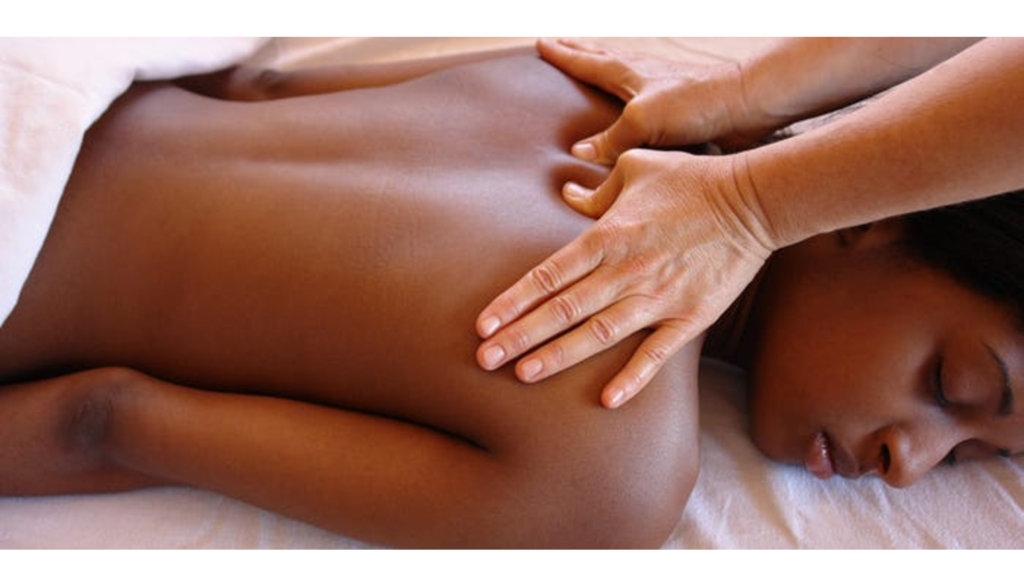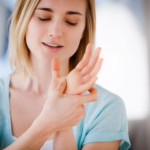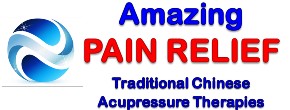
What is – Table Acupressure?
What is – Table Acupressure?
–

–
–
Stimulating your Acupressure Points Works – Amazing !!!
–
–
The Benefits and Uses of Acupressure
–
By Cathy Wong
Medically reviewed by Arno Kroner, DAOM, LAc on April 06, 2020
–
Acupressure is often called acupuncture without the needles. Instead of needles, acupressure involves the application of manual pressure (usually with the fingertips) to specific points on the body.
–
According to the principles of Traditional Chinese Medicine, invisible pathways of energy called meridians flow within the body. At least 14 meridians are thought to connect our organs with other parts of the body. Acupuncture and acupressure points lie along those meridians.
–
If the flow of energy (also called “chi” or “qi“) is blocked at any point on a meridian, it’s thought to cause various symptoms and health conditions anywhere along the meridian. That’s why a healthcare provider may apply pressure to an acupressure point on the foot to relieve a headache.
–
There’s no consensus on how acupressure might work. Some theorize that the pressure may promote the release of natural pain-relieving chemicals in the body, called endorphins. Another theory is that the pressure may somehow influence the autonomic nervous system.
–
Uses
–
Most people try acupressure for the first time to manage symptoms of a condition, such as:
- Cancer-related fatigue and other forms of fatigue
- Insomnia
- Headache
- Menstrual cramps
- Motion sickness
- Muscle tension and pain
- Nausea or vomiting after surgery or chemotherapy
- Nausea and vomiting during pregnancy and morning sickness
- Stress management
–
Benefits
–
There’s currently a lack of studies exploring the effectiveness of acupressure. Still, some evidence suggests that wrist acupressure may help relieve pain after a sports injury.
–
In a 2017 study published in the Clinical Journal of Sports Medicine, for instance, researchers examined the effects of three minutes of acupressure, three minutes of sham acupressure, or no acupressure in athletes who had sustained a sports injury on the same day.
–
The study concluded that acupressure was effective in reducing pain intensity compared with sham acupressure or no acupressure. There was no change in anxiety.
–
Acupressure may help ease nausea and vomiting in those with chemotherapy-induced nausea and vomiting, according to a report published in CA: A Cancer Journal for Clinicians.
–
Researchers analyzed the results of three previously published trials and found that acupressure (using finger pressure or an acupressure wristband) decreased nausea, vomiting, and retching.
–
In a report published in the Cochrane Database of Systematic Reviews, scientists analyzed 22 previously published clinical trials on acupuncture or acupressure for the induction of labor and found no clear benefit in reducing cesarean section rates.
–
A Typical Acupressure Session
–
Acupressure is often administered by an acupressurist, with the person receiving the acupressure sitting or lying down on a massage table.
–
Acupressure can also be self-administered. While it’s best to consult an acupuncturist for proper instruction, acupressure is generally done by using the thumb, finger, or knuckle to apply gentle but firm pressure to a point. You can also use the tip of a pen.
–
The pressure is often increased for about 30 seconds, held steadily for 30 seconds to two minutes, and then gradually decreased for 30 seconds. It’s typically repeated three to five times.
–

For example, to find the point “P6” — primarily used to treat nausea and vomiting — turn your arm palm up. Place the thumb at the center of the wrist crease (where the hand meets the wrist), then move it two finger-widths toward the elbow. The point is between two large tendons.
–
–
–
Side Effects and Safety
–
Acupressure should never be painful. If you experience any pain, tell your therapist immediately. After an acupressure session, some people may feel soreness or bruising at acupressure points. You may also feel temporarily lightheaded.
–
Pressure should be gentle over fragile or sensitive areas, such as the face.
–
If you’re pregnant, talk to your care provider before trying acupressure. Acupressure typically isn’t done on the abdomen or certain points on the leg or lower back during pregnancy.
–
Acupressure shouldn’t be done over open wounds, bruises, varicose veins, or any area that is bruised or swollen.
–
Talk to your healthcare provider before trying acupressure if you have:
- Osteoporosis
- Recent fracture or injury
- Cancer
- Easy bruising
- A bleeding disorder
- Heart disease
- Uncontrolled blood pressure
- Diabetes
- Prescription anticoagulant or antiplatelet medications, such as Coumadin (warfarin)
–
Source: https://www.verywellhealth.com/the-benefits-of-acupressure-88702
–
–
Please Note:
–
Amazing FOOT SPA, nor our Owners, Partners, Staff, or Associates, do not condone nor condemn any of the preceding information. This information comes directly from the Source noted above, and is provided here for informational purposes only.
–
Our Services and Fees section is what we perform and provide, and none of the information contained therein should be construed as we are implying, nor even suggesting, that any form of health benefit(s) can be gained from the work that we perform, because Traditional Chinese Reflexology, Traditional Chinese Acupressure, and other forms of Non-Invasive Traditional Chinese Healing Practices, mainly for “Pain Relief” is all that we do, and we know of none, nor are we suggesting or implying that any form of health benefit(s) can be gained from the work that we perform.
–
Always seek the advice of your physician, or other qualified health provider, prior to starting any new diet or treatment, and with any questions, you may have regarding any medical condition. If you have, or suspect that you have, a medical problem, promptly contact your physician or health care provider.–
–
